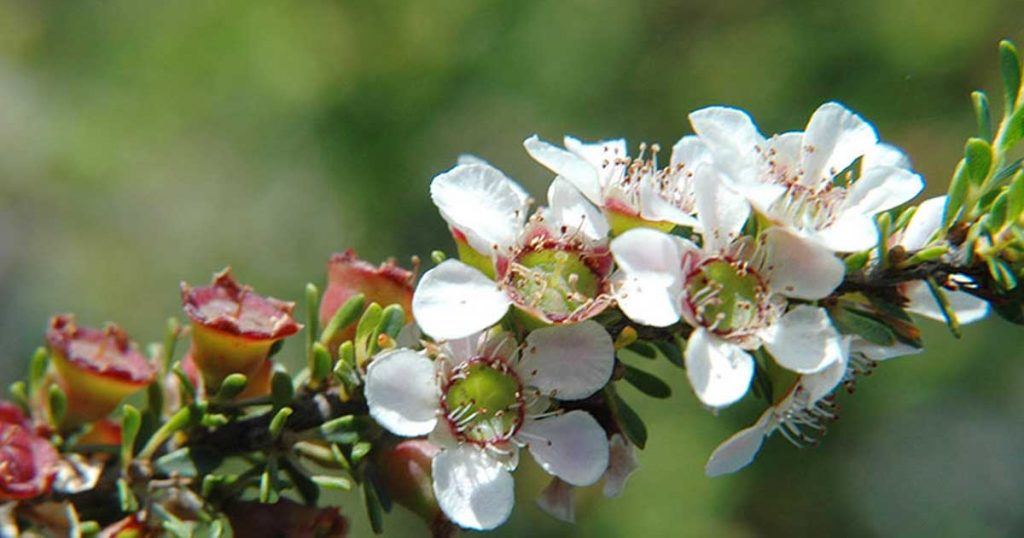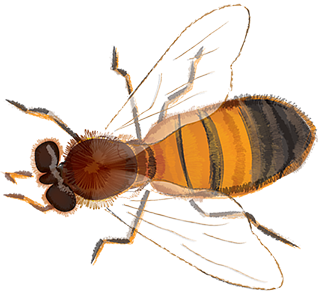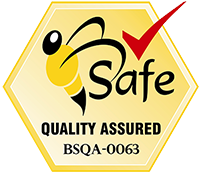Chronic wound infections and antibiotic resistance are driving interest in antimicrobial treatments that have generally been considered complementary, including antimicrobially active honey. Australia has unique native flora and produces antibacterial honey with a wide range of different physicochemical properties. In this study we surveyed 477 honey samples, derived from native and exotic plants from various regions of Australia, for their antibacterial activity using an established screening protocol. A level of activity considered potentially therapeutically useful was found in 274 (57%) of the honey samples, with exceptional activity seen in samples derived from marri (Corymbia calophylla), jarrah (Eucalyptus marginata) and jellybush (Leptospermum polygalifolium). In most cases the antibacterial activity was attributable to hydrogen peroxide produced by the bee-derived enzyme glucose oxidase. Non-hydrogen peroxide activity was detected in 80 (16.8%) samples, and was most consistently seen in honey produced from Leptospermum spp. Testing over time found the hydrogen peroxide-dependent activity in honey decreased, in some cases by 100%, and this activity was more stable at 4°C than at 25°C. In contrast, the non-hydrogen peroxide activity of Leptospermum honey samples increased, and this was greatest in samples stored at 25°C. The stability of non-peroxide activity from other honeys was more variable, suggesting this activity may have a different cause. We conclude that many Australian honeys have clinical potential, and that further studies into the composition and stability of their active constituents are warranted.
Source:
http://journals.plos.org/plosone/article?id=10.1371/journal.pone.0018229







